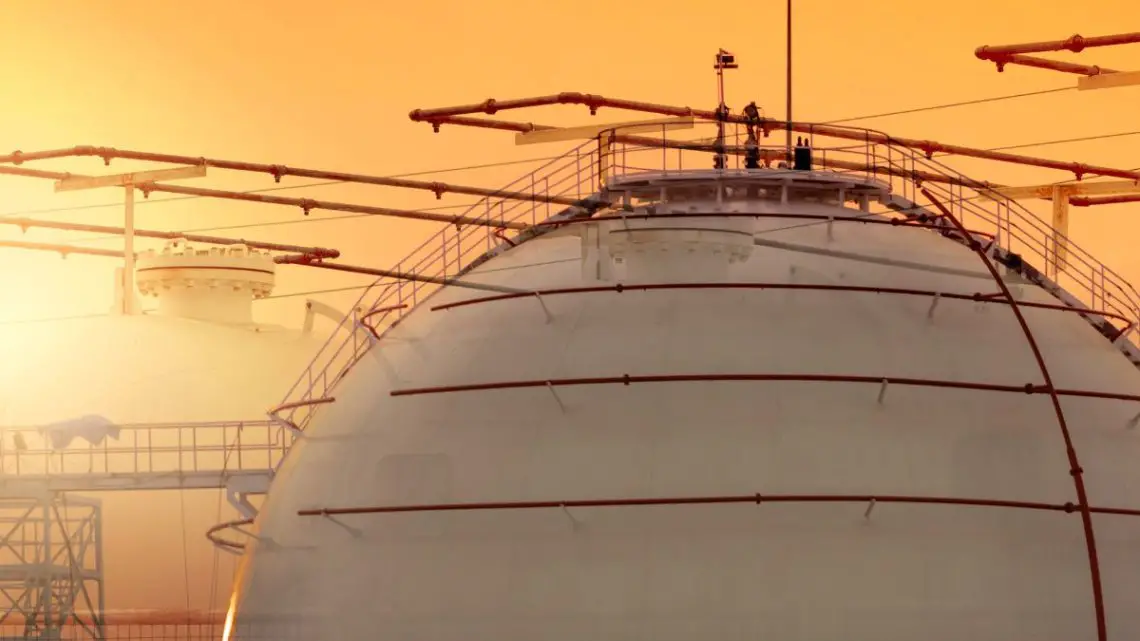
How is hydrogen fuel different from natural gas?
October 21, 2023Though H2 is often considered a potential replacement for natural gas, they are not the same thing.
Many governments and companies are looking into the possibility of using hydrogen fuel to replace natural gas in a spectrum of applications. This has caused many people to wonder about the difference between these two substances.
While there are many similarities between them, there are also a broad spectrum of differences.
Hydrogen fuel is being researched for a range of purposes as a blend with natural gas or to replace it altogether. While it can provide a helpful solution in this transition to decarbonization, it’s important to remember that the two substances are not identical. Indeed, it may be possible to use them for the same purpose, but they differ in important ways too.
Among the top benefits of choosing H2 as a replacement for – or in combination with – natural gas is that it can be used with existing combustion turbines. A number of power plants are also under construction that are meant to be used with a combination of H2 and natural gas and that will eventually transition exclusively to H2, for emission free energy.
The differences between hydrogen fuel and natural gas will be important when designing these plants.
To start, the chemical formula is different between the two substances. Hydrogen is H2, while natural gas, also known as methane, is CH4. H2 combustion doesn’t result in carbon emissions, whereas methane does.
Another difference is obvious by simply looking at the periodic table. H2 has a molecular weight of 2, whereas the molecular weight of CH4 is 16. This means that H2 is significantly lighter.
The flammability limit of H2 is 4%/75% and that of CH4 is 7%/20%. This means that H2 burns with lower and higher amounts of air present compared to CH4. That means that H2 combustion isn’t as easy to control.
The flame speed of H2 is ~200-300 centimeters per second, whereas that of CH4 is ~30-40 centimeters per second. The flame speed is the measure of how quickly a flame will travel from a starting point through the fuel and unburned air mixture. Hydrogen fuel has a flame speed almost 10 times higher than natural gas. This is one of the most important design issues when it comes to H2 combustion, as the higher flame speed makes controlling combustion location more challenging.
The adiabatic flame temperature of H2 is ~4,000 whereas that of methane is ~3,565. This represents the temperature of a flame from the combustion process. That of hydrogen fuel is around 500 degrees (Fahrenheit) hotter than that of natural gas. Therefore, all equipment and components must be able to withstand such a temperature. This also increases the potential for nitrogen oxides (NOx) emissions.
What About Energy Density?
H2’s heating value is substantially lower than that of methane. Heating value has to do with how much energy can be obtained from a pound of fuel. Hydrogen fuel has about 2.5 times the energy density of natural gas. That said, because H2 is notably lighter, about 3 times the volume of H2 is required when compared to CH4 to achieve the same amount of energy.
Global Endeavors to Bridge the Gap Between H2 and Natural Gas
Companies and governments worldwide are working tirelessly to overcome these differences between Hydrogen (H2) and natural gas (CH4), primarily because H2 represents a more environmentally friendly alternative. Here’s how they’re doing it:
- Designing Appropriate Combustion Systems: Given the high flame speed of H2, it’s crucial to design combustion systems that can handle this speed effectively and safely. This includes developing new control strategies and burner designs to ensure stable and efficient combustion.
- Material Selection: Given the higher adiabatic flame temperature of H2, companies are investing in research and development to find materials that can withstand these high temperatures. This not only ensures the safety of operations but also prolongs the lifespan of the equipment.
- NOx Emission Control: The higher flame temperature of H2 also increases the potential for NOx emissions. To address this issue, companies are exploring various mitigation strategies, such as exhaust gas recirculation and selective catalytic reduction.
- Efficient Storage and Transportation: Due to the lower energy density of H2, effective storage and transportation methods are being developed. These include high-pressure tanks, underground storage, and advanced pipeline systems.
- Hydrogen Production and Purity: Producing H2 in a cost-effective and sustainable manner is another challenge. Companies are exploring various production methods, including electrolysis powered by renewable energy and steam methane reforming with carbon capture and storage. Additionally, ensuring the purity of H2 is critical for its safe and efficient use.
- Regulation and Standards: As H2 usage increases, there is a need for regulations and standards that govern its production, storage, transportation, and use. Governments and international organizations are working on developing these guidelines to ensure safety and efficiency.
- Public Awareness and Acceptance: Lastly, there’s a need to increase public awareness and acceptance of H2 as a viable alternative to natural gas. This involves education campaigns and demonstrations of H2 applications.
In conclusion, while there are significant differences between H2 and natural gas, they are not insurmountable. With concerted effort and investment in research and development, it is possible to transition from a natural gas-dominated energy system to one that incorporates a substantial proportion of hydrogen.



 With over 15 years of reporting hydrogen news, we are your premier source for the latest updates and insights in hydrogen and renewable energy.
With over 15 years of reporting hydrogen news, we are your premier source for the latest updates and insights in hydrogen and renewable energy.